Born on May 28, 1908, Ian Fleming lived a colorful life. His early years ranged from being a journalist to being what several of his friends described as one of the worst stockbrokers in the world. His father was a successful barrister and MP who served with Winston Churchill and was killed in the First World War. His elder brother Peter was the nightmare of middle children like Ian Fleming. Peter was a star student at Eton and Oxford, who became an explorer and writer. During World War II Peter was a Grenadier Guards officer who joined SOE, trained Chinese guerrilla troops, and participated in commando raids in Norway, for which he was given an OBE in 1945.
Ian’s life prior to 1939 was not as stellar. He attended Eton and then Sandhurst with the intention of joining the British Army but his time at Eton and Sandhurst were not promising. He had a gift for languages and studied in Switzerland where he learned French and German. (His love of Switzerland can be seen in several of the James Bond novels that have scenes set there, and Fleming gave Bond a Swiss mother from the Canton of Vaud.) In early 1939, his career was mainly as a stringer journalist. The war changed the course of his life in ways that he probably never could have imagined.
Ian Fleming in Naval Uniform from the album of Maud Russell, circa 1940. Courtesy of Ian Fleming Images/Maud Russell Estate Collection.
In May 1939, Rear Admiral John Godfrey, Director of Naval Intelligence (DNI) recruited Fleming to be Godfrey’s personal assistant. Fleming’s code name was "17F," and he worked in Room 39 at The Admiralty Building in London. Commissioned into the Royal Naval Volunteer Reserve (RNVR) in July 1939 as a lieutenant, he was quickly promoted to lieutenant commander. He had no real naval experience or intelligence training but his travels and experience as a journalist proved useful. Perhaps most useful was Fleming’s great personal charm. Godfrey was a respected naval officer but had a reputation for being difficult and abrasive. Godfrey wisely used Fleming as liaison with other departments such as the Secret Intelligence Service (more popularly known as MI-6), Special Operations Executive (SOE), of which Peter Fleming became a member, MI-5, the counterespionage department, and Combined Operations. This gave Fleming wide access to the British intelligence services.
By the end of September 1939, Godfrey issued what came to be called “the Trout Memo,” which used fly-fishing as an analogy for conducting deception operations against the Germans. While issued under Godfrey’s name, many at the time and to this day see that it is very much Ian Fleming’s style and ideas. Some of the suggestions were a bit far-fetched but one suggestion—to put false information on a corpse and allow it to be discovered by the Germans—was later refined into the highly successful Operation MINCEMEAT, in which a corpse dressed as a Royal Marine officer was floated ashore to technically neutral but fascist friendly Spain. In his excellent book on that operation, Ben Macintyre quotes Ewen Montagu, Fleming’s fellow naval officer and spy, who fleshed out Fleming’s idea into MINCEMEAT, in his assessment of Fleming: “Fleming is charming to be with but would sell his own grandmother. I like him a lot.” (p. 35)
Another officer in Godfrey’s service, quoted in Max Hasting’s The Secret War, summed Fleming up as “if not the wisest of the staff in Room 39, the most vivid…his gift was much less for the analysis and the weighing of intelligence than for running things and for drafting. He was a skilled fixer and a vigorous showman…a giant among name-droppers.”
While these compliments seem as doubled edged as a Fairbairn Sykes commando dagger, Fleming, barely into his 30s, had evolved from being a young man without much direction to becoming a key part of one of the oldest and most respected intelligence departments in Britain.
Fleming accompanied Godfrey to the United States in the summer of 1941, where he met with William Donovan, future head of the OSS. Fleming essentially drew up memoranda and plans on how to create an intelligence service, using his newly gained knowledge of the SIS. He impressed Donovan in those meetings and would later make an impression on Allen Dulles while Dulles was Director of the post war CIA.
Unfortunately for Fleming, Godfrey was eventually removed from his post as DNI in late 1942, which led to a decline in Fleming’s influence in the department. He had in the meantime created a commando unit called 30 Assault Unit or “30AU.” This unit started with a modest 30 men drawn from the various branches, but with a fair amount of Navy and Royal Marine recruits. 30AU was based on a German unit that would target and seize important documents from key enemy locations. Fleming now had his own secret army, which grew into more than 100 members. From 1942 until June 1944, when Fleming was reassigned, 30AU participated in raids and attacks on German installations to seize whatever valuable intelligence could be found. Fleming, now a full commander, was not allowed to participate in the raids but he was deeply involved in planning and targeting.
Deprived of 30AU, Fleming then helped create “Target Force” or “T-Force,” another special unit that was tasked with obtaining records and information from enemy laboratories and headquarters. Once again he was involved in targeting sources for this intelligence. Fleming was then demobilized in May of 1945 but remained in the RNVR reserve list until 1952.
Fleming returned to journalism but now in a more established way. His experiences in the war showed him a whole new world, and he told his close friends he intended to write a spy novel. Two months later, he had produced Casino Royale (1952). It was inspired by his 1941 visit to Portugal and the Casino Estoril where a couple of Germans were gambling. Speculating that they were Abwehr officers, Fleming daydreamed about bankrupting them in a game of Chemin de Fer. Thus began a series of novels that went on until Fleming’s death in 1964, at the age of 56 of a heart attack.
Although the movies based on Fleming’s books have strayed pretty far from their roots, Fleming’s novels featuring his creation, secret agent James Bond, are clearly and heavily influenced by his experiences in the war.
Casino Royale carries Fleming’s spur of the moment inspiration to bankrupt his opposite numbers in Portugal. From Russia With Love is a combination trap of “honeypot” and the chance to steal a cypher machine inspired by the German Enigma machine, a machine which was not as widely known in 1957. Moonraker pits Bond against former Nazi rocket scientists. In the early novels, Bond’s foe is not the fanciful SPECTRE but the Soviet SMERSH (“Death to Spies”) which was based on the real Soviet counterespionage unit called funnily enough SMERSH (1943-1946.) In fact, the wartime NKVD, precursor to the KGB, had a Special Section OO, which consisted of counterespionage officers who were also trained in armed and unarmed combat.
Bond reports to a retired admiral, known as M (the head of SIS was and is still known as ”C”) and in whom many saw Admiral Godfrey. (Godfrey was not amused or flattered.) Like M, the door to Godfrey’s office was covered in green baize, with a system of lights for meetings and “do not disturb.” We learn in Goldfinger that Bond was part of a special commando unit that is pretty clearly 30AU. How else could Fleming explain that Bond learned how to use a bazooka in the Ardennes in 1944? (Even as a 14 year old reading Goldfinger, I raised an eyebrow at this improbability.)
Once Fleming became a success there began a literary party game as to who inspired Fleming to create James Bond. Over the years numerous wartime spies were put forward, or even asserted they were the inspiration. But keen observers and biographers have noted that James Bond’s likes and dislikes, education, and even his rank as a Commander in the RNVR, make a pretty snug Venn Diagram with his creator.
If the reader is only familiar with the James Bond of the movies, Fleming’s novels are very much worth reading for Fleming’s excellent travel writing, his discussion and explanations of his interests, such as fast cars, scuba diving, food and wine, and his wry commentary on the less glamorous aspects of a spy’s life. Fleming’s Bond is very much a real human, with mistakes, doubts, even a moment of irrational fear. Perhaps no other writer could blend with such skill the wonderful mixture of realism with touches of the absurd and the outlandish.
Further Reading
Andrew Lycett, Ian Fleming (St. Martin’s Press) 2013
Simon Winder, The Man Who Saved Britain: A Personal Journey into the Disturbing World of James Bond, (Farrar, Straus and Giroux) 2007
Ben Macintyre, Operation Mincemeat (Broadway Books) 2010
Ben Macintyre, A Spy Among Friends (Broadway Books) 2014
Max Hastings, The Secret War (HarperCollins) 2016
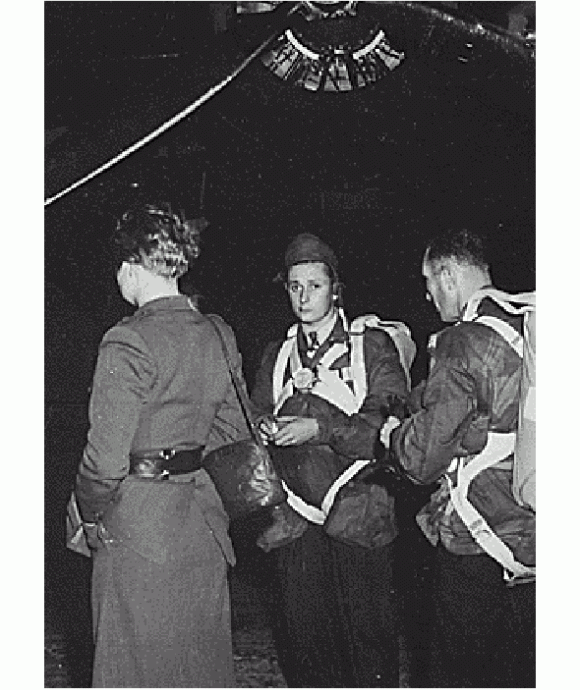
Secret Agents, Secret Armies: The Short Happy Life of the OSS
In 1942, the Office of Strategic Services (OSS) became the first independent US intelligence agency. It only lasted for three years and three months but it became the basis for the modern Central Intelligence Agency.
Walter Wolf III
Walter Wolf joined the Museum in October 2019 as the Museum’s first intellectual property Rights Manager in the Curatorial Department. Walter has a Bachelor’s degree in Modern European History and a Juris Doctor degree in law. He also has a certificate in Espionage and Covert Operations from the University of New Orleans.
Cite this article:
MLA Citation:
APA Citation:
Chicago Style Citation:

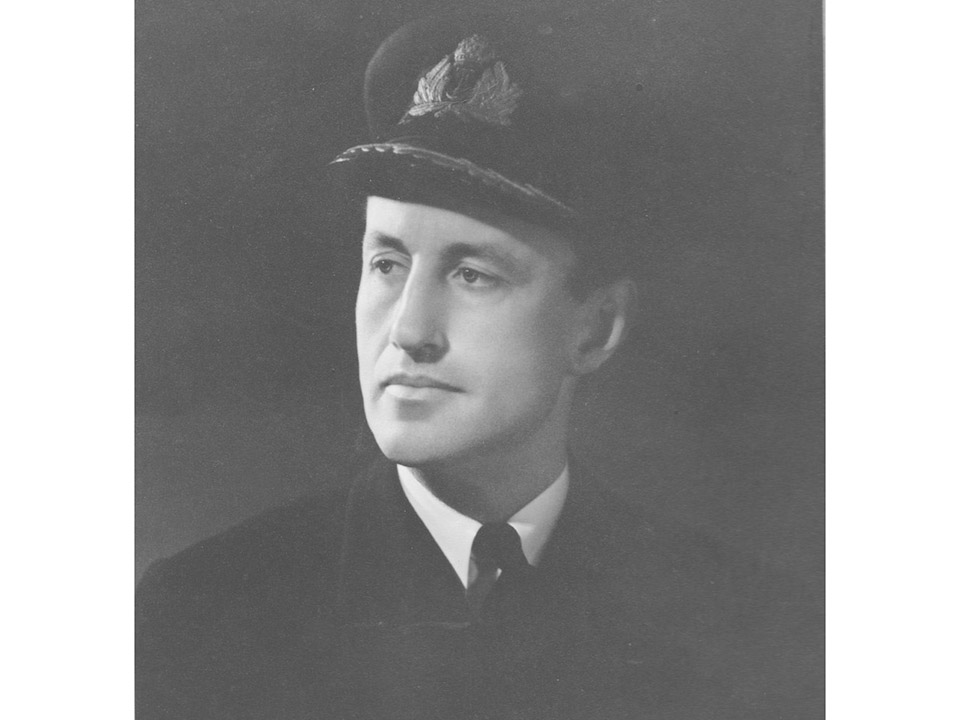
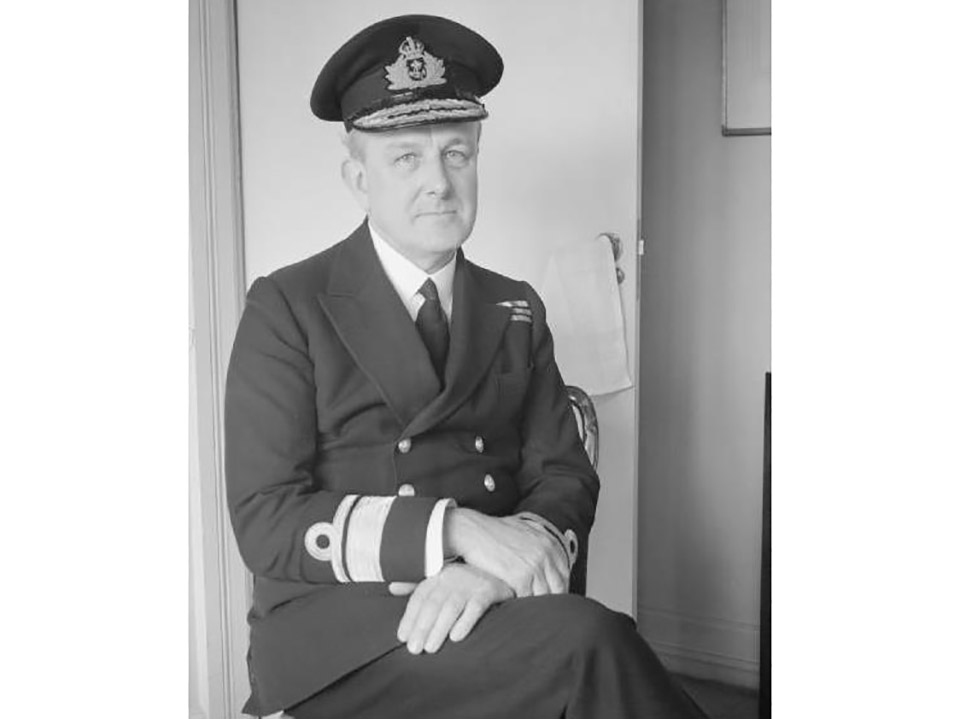
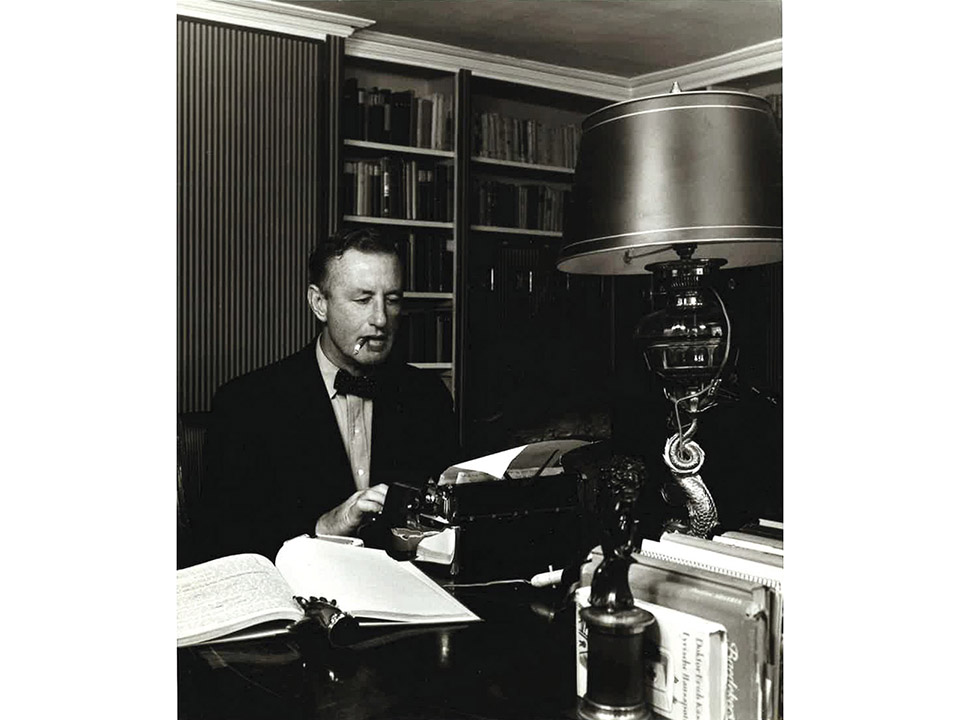
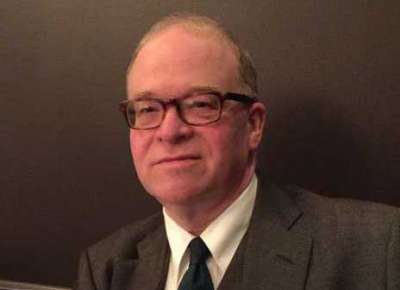
![Max Fuchs, New York City cantor, sings as Rabbi Sydney [sic] Lefkowitz, Richmond, VA, conducts the first Jewish services from Germany.](/sites/default/files/styles/max_650x650/public/2025-10/image1.jpg)






